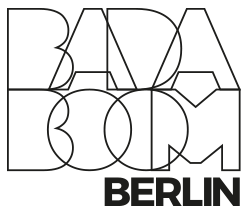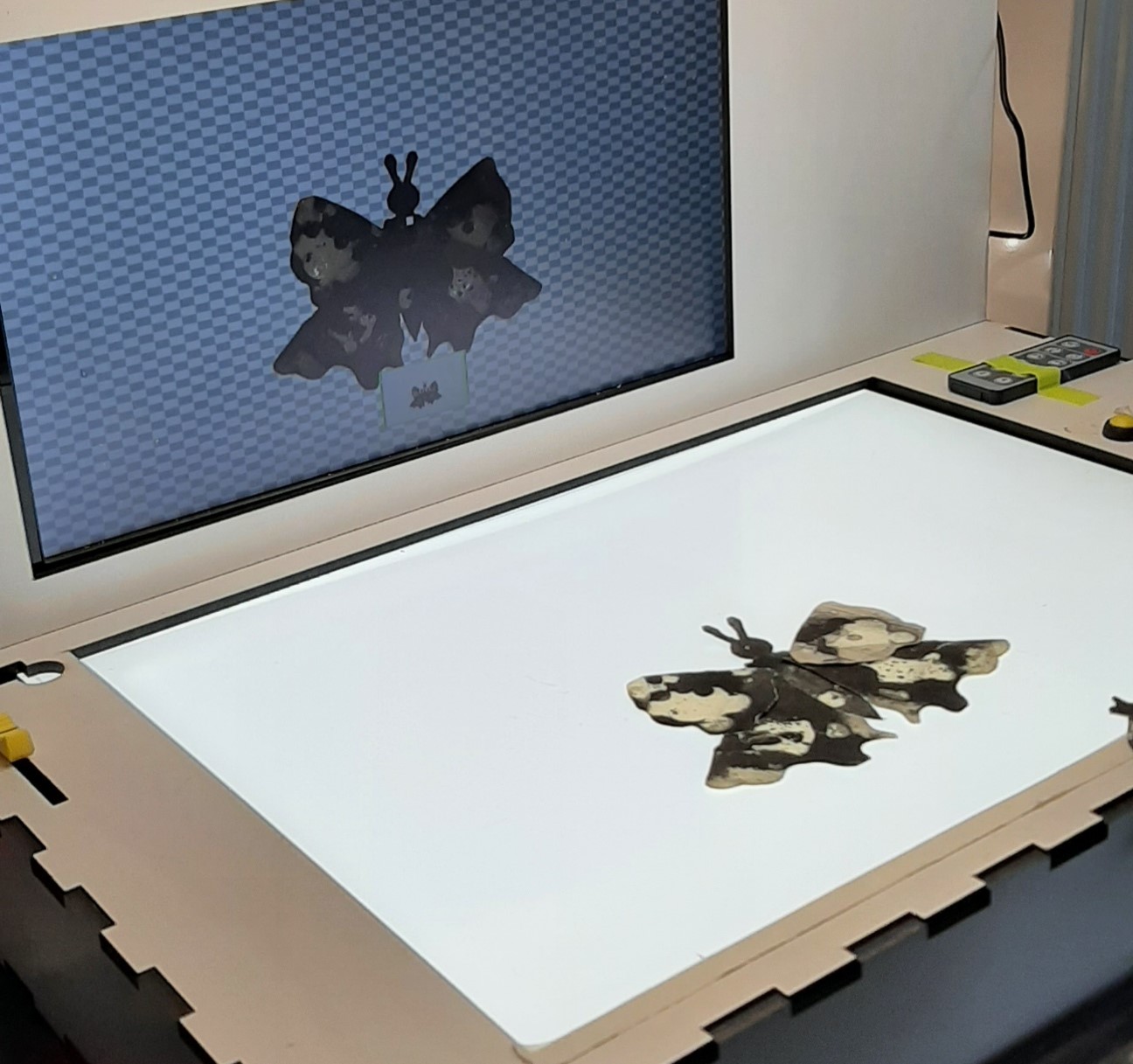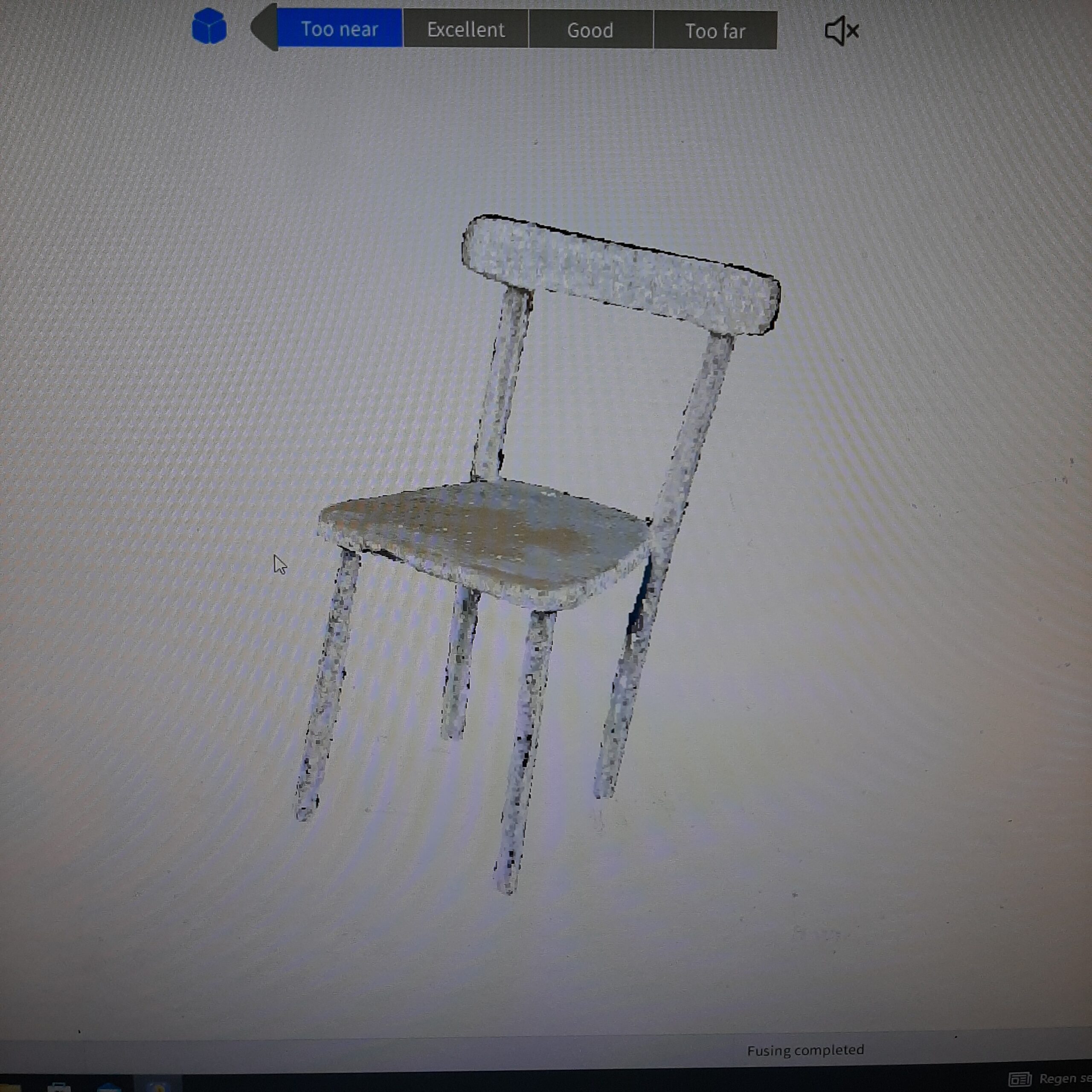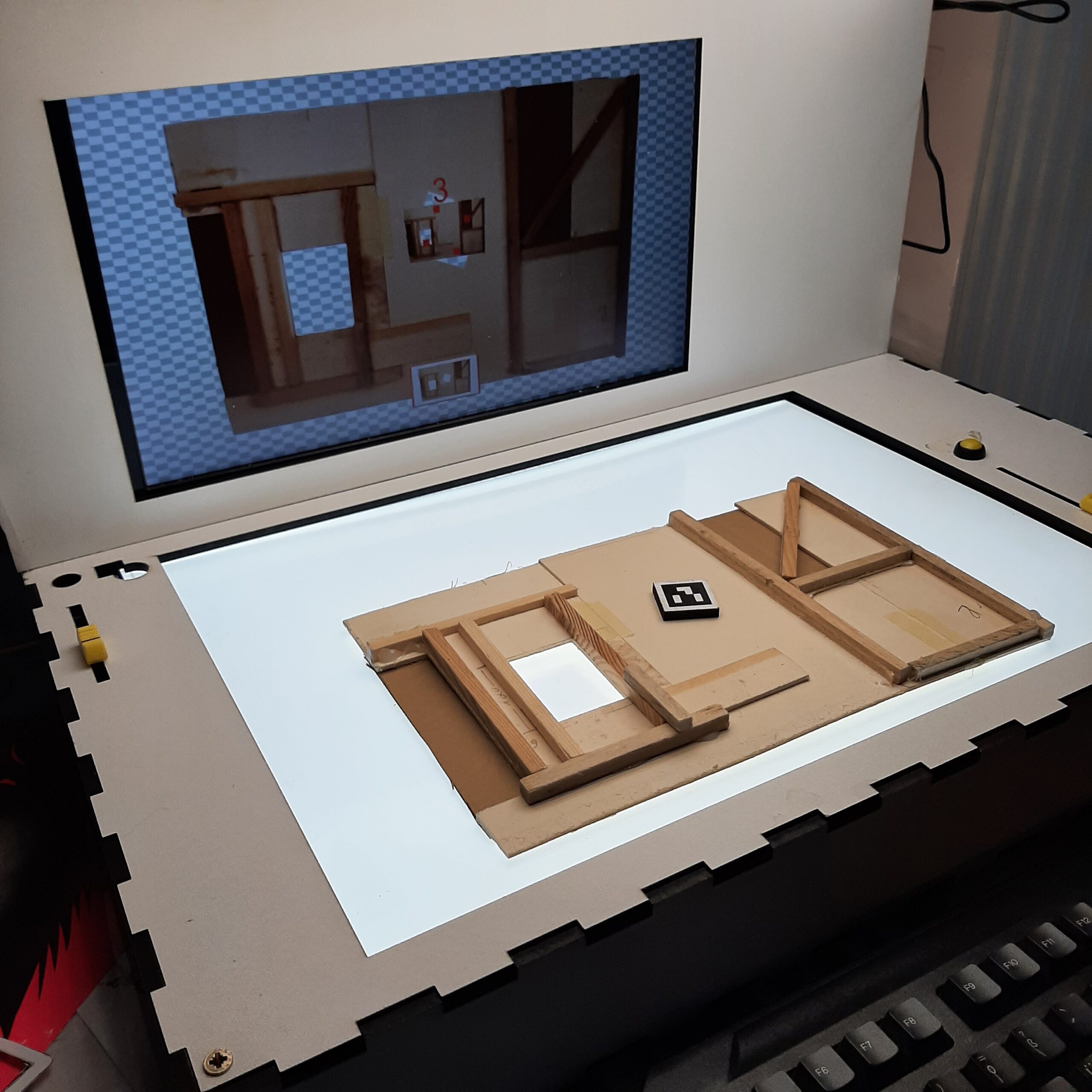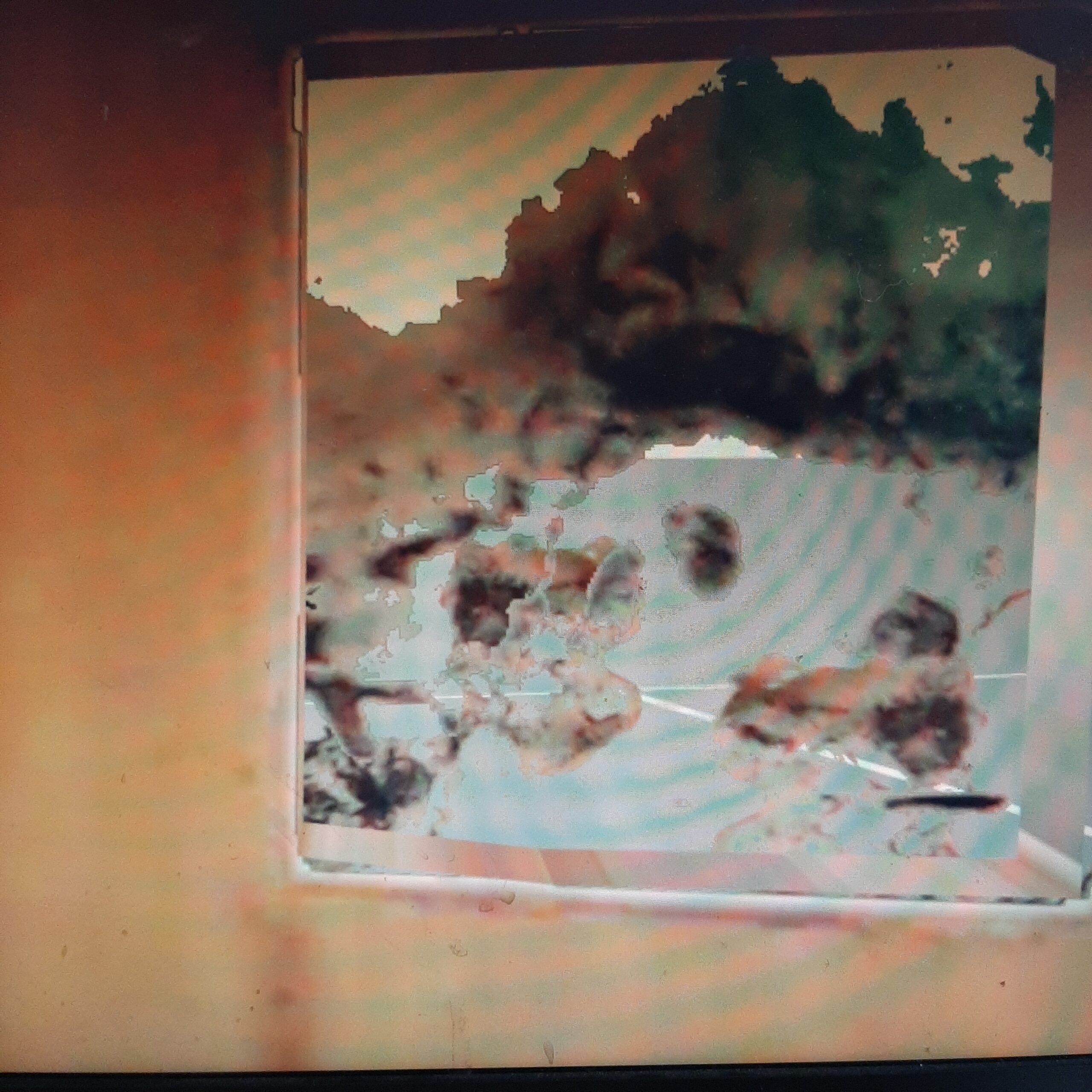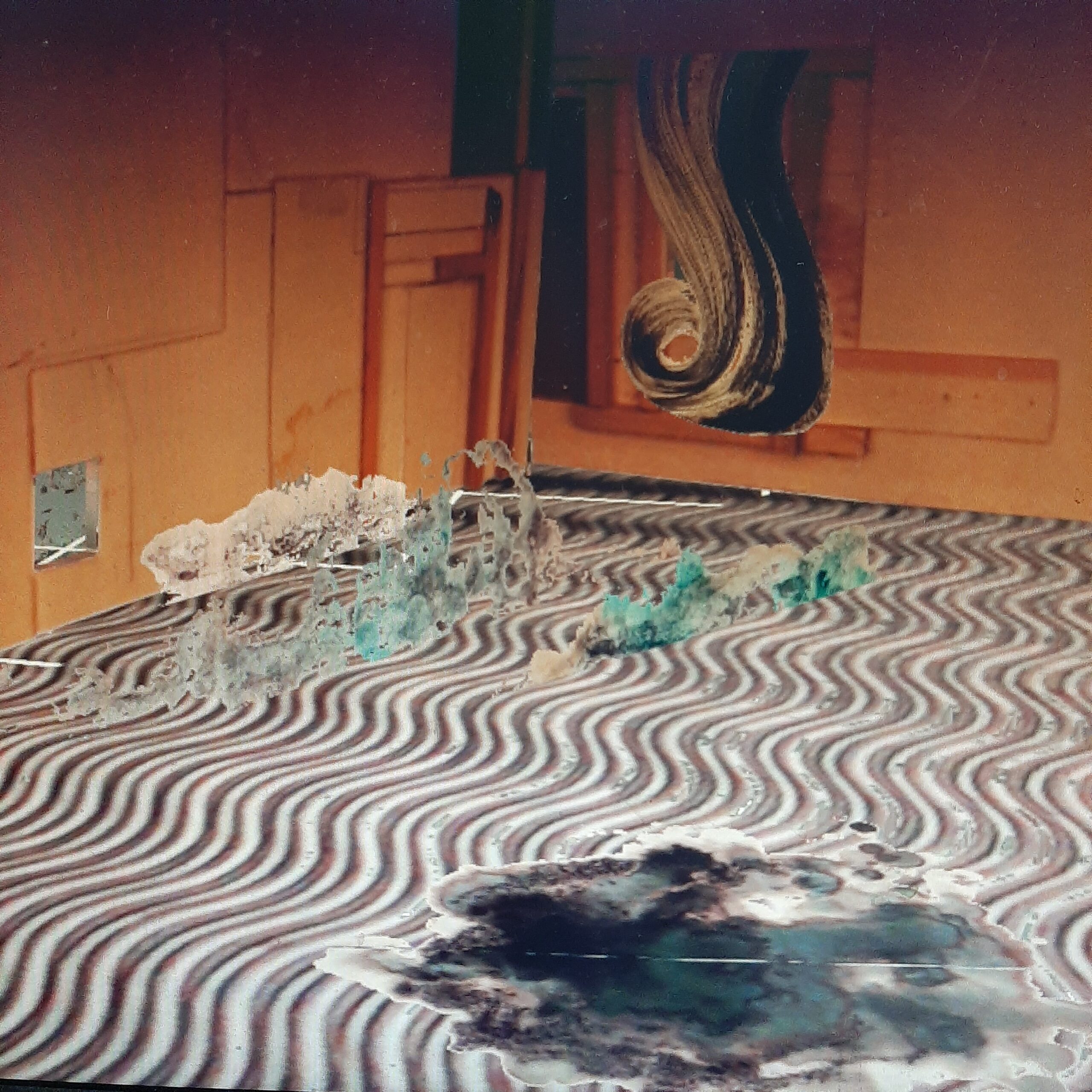Author:
Larissa Jenne
Project title:
What do you see?
Concept:
One viewer is invited to explore a house-like environment. Starting in a small chamber with only 1 chair, some mouldy corners on the wavy ceiling and a window with a moth flying (the only living creature around), the view out of the window is like looking into greyish/ black and white organs or pulsing landscapes that remind one of sitting in a wale-belly. An interior in another interior. The floor, wavy like the ceiling suddenly shows a huge mouldy stain. The mould disappears,falls downward and shows the only exit out of this Rapunzel-tower-like room- a mouldy hole in the floor. We “fall” through the hole and into a bigger room of similar materials (walls, floor, windows, more moths on one of the windows). The chair from upstairs is shattered into pieces, hanging through the ceiling. In the opposite corner we find a pile of stones in shapes of animal- heads. They appear like pieces of art or architecture, antique and broken like ruins. One last stone fish-head is still hanging on the wall though. A moth is flying through the room and makes the viewer aware of a window close by where more moths inside and outside of the window fly around nervously. Still only windows and no exit in here. But on the floor is another mouldy stain. It seems to breath. Suddenly it moves and disappears down, opening another hole in the floor. Again we have to jump or fall down through the mouldy hole. Will this go on forever? The next floor is huge, compared to the ones before. But the materials of the walls and the wavy floor repeat themselves. A group of stone-like grey fish seam to swim through the floor-waves. The moth appears again and the camera-view follows the moth in the direction where the fish swarm comes from. The moth disappears in a huge swarm of similar moths, coming through a tiny hole in the wall. The viewer can go closer, if she likes and follow the sounds of the moths. Suddenly the moth appears again and disappears into the room. The camera-view turns around, following the leading moth into the other corner of the huge room. On the floor finally lays a door. It’s open. The viewer has to go round it to take a look inside (or outside). Through the open door in the floor she can look into a movement, a moiré movement, a tech-like pulsing. – Another jump? The moth disappears through the door. – Black.
BADABOOMBERLIN: Hi Larissa, tell us who you are, and if you have ever done something like this before.
Larissa Jenne: I’m coming from stage and costume design that I studied in Berlin, and I’m also building objects and puppets. I did a space experience, where I built up a whole flat one guest at a time was invited to go through the whole experience or through the whole space and experience that on different stations, different things. That experience was actually was my first idea when I heard about the project you were asking me for.
BBB: Which were your first ideas and expectations when you heard about the project? Did you ever do something like this before?
LJ: I actually did never have anything to do with the digital world. I’m very analog. I’m working with material. Uh, but I did something kind of related and and that was a project where I built first a mock up and I wanted to give guests the experience to walk through, like moving through the whole space and experience different things. Inside and I thought about the possibility of using digital space. But some years back there was for me just the possibility to build the whole space in 3D, and then my whole work of really doing haptic elements in the real world was actually impossible to use like that. And so that was some kind of connection. So with the analog metaphors, I got the possibilities to put real, like built pieces from my mockups. Yeah, in inside the computer. But really having built them before and so the surfaces are like exactly like I wanted. And still there’s the possibility of really moving through this world and playing with it
BBB: How were your first steps with the tools? Which challenges did you encounter along the way? Which inspirationbla bla
LJ: On the one hand I had immediately this idea with putting the whole mock-up of that project inside the digital world. But of course there was some issues where the program or the material where this was not possible. I figured out that it’s much more fun to be more spontaneous with stuff and giving other materials a try. At the end it was kind of a mix of all my ideas in the beginning, so I build a room or rooms, different rooms with. Walls that were inspired by the mock-up I had in the beginning. They were in a different size, so there were some technical developments that it actually is easier to put up the room and then also I was using different materials textiles, and also nature products like clay and figured that these things work very well with the 2D and 3D scans. That was actually very funny to me because on a like on a philosophical level, for me it was amazing that such artificial world is treating natural products the best. If you put something very shiny and kind of artificial inside the 3D scan it actually explodes and you cannot use it. But if you put a piece out of clay in a 3D scan, it works best. As I’m more, well reluctant to work with the digital worlds and then maybe a bit more on the critical side, this was something a possibility for me to enter this world and deal with this atmosphere it gave me. One other thing that I experienced, that actually freaked me out a bit, was that in the actual space in, in the digital space that you can enter with the wheel eyeglasses or see on screen there is this. Kind of endlessness of the space, it’s of course. Uhm, an illusion. But you build up the walls and every window or every hole. zo the outside is an. Giving me this idea of, oh, my God, we are we are somewhere in the nowhere and this emptiness. And I was thinking about the idea of emptiness and the idea of moving through space, and then came all these different glitches and holes in the matrix or something. That helped to bring the thing together because, well, we decided to actually close the space, but have the atmosphere of post apocalypse somehow in the materials. I was working with Rorschach patterns and the atmosphere of strangeness to it I guess, but in a very concrete way.
BBB: How did the work in this project influenced your process?
LJ: The glitches and the part where there was a borders of possibilities influenced the most. It was very interesting and it gave me and it made me be much more spontaneous and having fun with the materials because in the beginning , as I said, I had these ideas that I had to let go, but somehow I found other ways to mingle it in or so. I found this very interesting and maybe also in this illusion of endlessness the actual parts where we can actually build something is quite small. And so we had to find out how I cannot make different rooms on one level, because it will be super tiny.
By accident, I think we found out that there is some elevator dynamic happening where you have the feeling of Vertigo or falling or being elevated up. I came with Alessandro to the idea of using the movement in space not on just one level, but going up and down like in a tower, and also there’s referred to the idea of being estranged in this world, so actually you fall through different rooms.
BBB: Do you think of “Analog Metaverse” as a creation tool or a performance tool? Or maybe both?
For me, this is the tools are definitely both as well as creation tools for creating stages, well, especially with the VR glasses. It’s a a stage for one person experience, but also to understand space. For me as a stage designer it’s very interesting, the idea is growing:how can we use that on stage? Can we use it as a projection? But then the 3D or the well idea of the being inside this world is somehow not working like that anymore. So I’m very interested in actually exploring that a bit more.
BBB: Do you feel now more connected with the whole conversation about VR, AI, and all the new possibilities we have been exposed to lately?
I guess, yeah, I think I’m still a bit more on the critical side about the whole this course, but I’m definitely much more interested in it. At the same time, because before I didn’t have any connection to it and now I have. Have uhm, and of course there’s a possibilities to use the tools in a very artistic way to conter curate the whole thing.
BBB: Do you think this could become a new art form?
I’m actually thinking about the possibilities of using it projection-wise on stage. I chose to wear glasses because it was something new. I never worked with, and of course I wanted to use this and try it out because this was the whole experiment about, to try something completely new.
